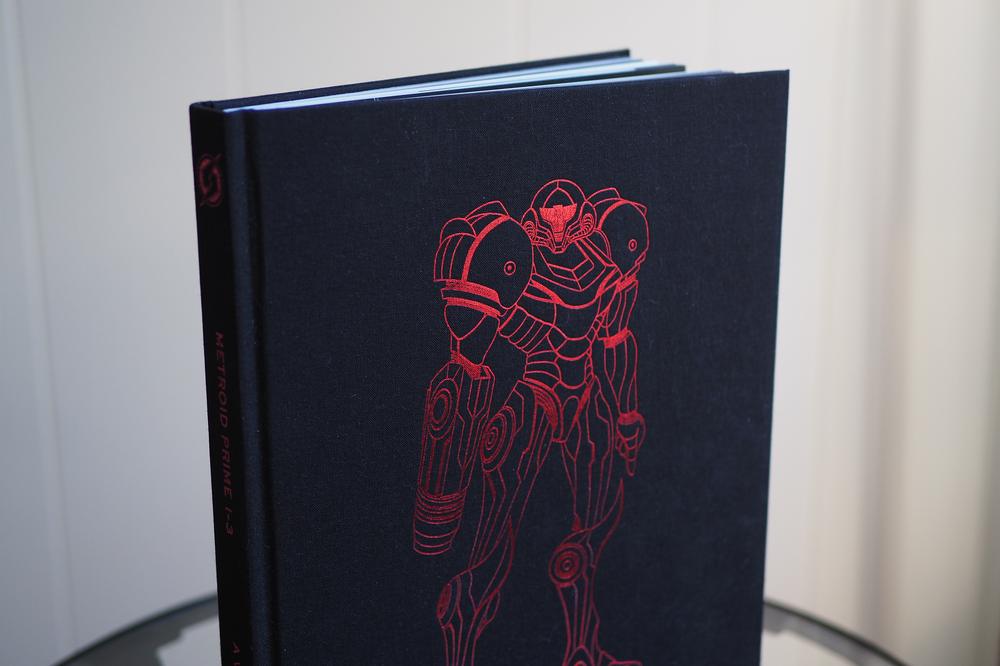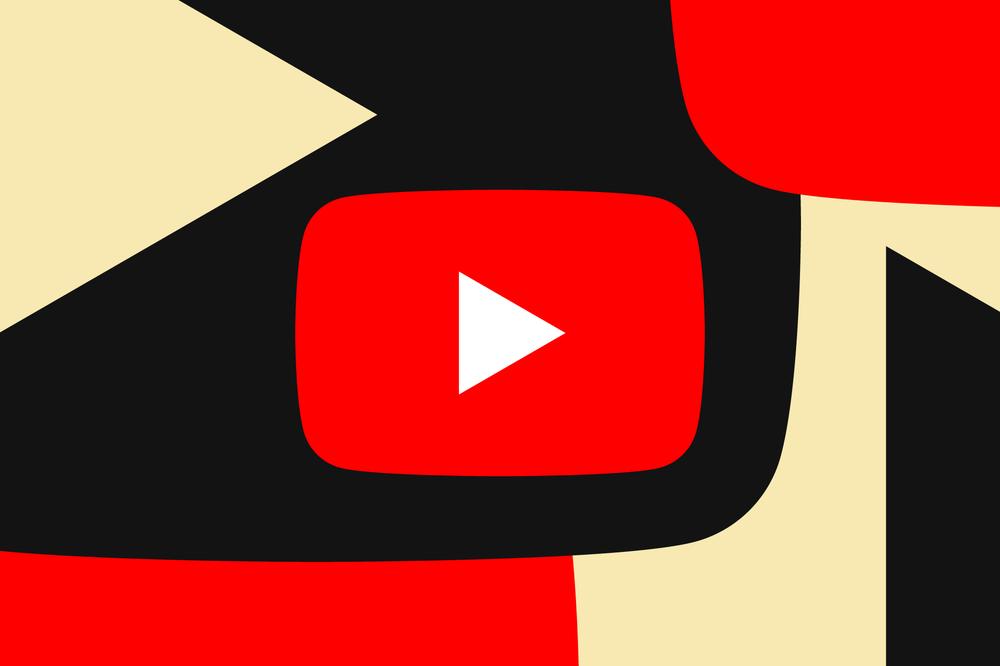Metroid Prime 1–3: A Visual Retrospective is a fabulous resource for learning more than I ever thought I’d be privy to about Nintendo and Retro Studios’ ambitious first-person adventure series. The 210-page hardcover book launches on October 28th, weeks before the series makes its long-awaited return with Metroid Prime 4: Beyond on the Switch and Switch 2. It’s the perfect $50 gift for someone who’s pored over video essays about the trilogy’s design, and who’s always wanted to get a behind-the-scenes look at how the games were made. There’s a 35-page free sample available through Nintendo if you want a hi-res taste.
Most of the book consists of detailed concept art of environments, common enemies, bosses, and Samus Aran herself. It’s awesome to see it all, including assets that didn’t end up making the cut in the games, preserved in this book. The book goes from game to game, from the GameCube to the Wii, ending with a brief dive into Metroid Prime Remastered on the Nintendo Switch, a remake that apparently took about four years to make. As for Metroid Prime 4: Beyond, it’s not mentioned — a whole new book might be necessary to detail that title’s tumultuous development alone.
My favorite part is the many notes in the margins from series producer Kensuke Tanabe, a veteran Nintendo designer with credits dating back to Super Mario Bros. 2 and The Legend of Zelda: A Link to the Past. These producer notes are made possible in part by Nintendo’s and Retro’s apparent knack for detailed note-taking; candid design-related squabbles and struggles made over 20 years ago are recalled with decisive clarity. It’s entertaining when Tanabe notes that he and Nintendo sometimes pulled rank to ensure that Metroid Prime possessed certain qualities. “[...] the game we’re making now is a Nintendo game, and this is Retro’s first time working on one. I’ve been working on Nintendo games my entire career, so I believe I have the most experience in making Nintendo games. So please trust me first.”
He also frequently heaps praise on the team at Retro, like when it convinced Nintendo that morph ball half-pipes were a good idea, for example. “Initially, Nintendo was skeptical,” said Tanabe. “However, Retro responded ‘Please try it out first before deciding,’ and submitted a prototype. I vividly remember that when we finally tested it, it turned out to be incredibly satisfying and engaging.” By the end of the book, it’s clear that Retro left a huge mark on each of the games.
Some seldom-discussed aspects of the series — and of Nintendo’s game development process in general — are shared in these producer quotes. Tanabe speaks to Retro’s burnout following the launch of Metroid Prime 2: Echoes, saying that the team expressed interest in making a Donkey Kong game to boost morale “after having to work on two consecutive games within the same IP under tight schedules and without much of a break.” (That ended up happening in 2010 with Donkey Kong Country Returns, after Metroid Prime 3: Corruption.)
Tanabe also speaks to lackluster sales of Metroid Prime 2, which had motivated Retro to propose a sequel that appealed to a wider audience. However, Nintendo vetoed its proposals because they were built on existing game mechanics (an interview from an ex-Retro Studios employee mentions an open-world design), instead opting to take advantage of the Wii’s motion controls and lean further into the lingering threat of Dark Samus.
This retrospective is a stunning tome to have on a shelf, with a red embossed outline of Samus Aran. But the real treasures are inside of its stitched covers, in terms of both the art and official commentary detailing Nintendo’s secretive game development process. It’s easy to see how book publisher Piggyback’s format could work with any of Nintendo’s franchises (especially since the company has retained some of its key designers for decades). But for now, I’m just happy that this one exists.

 Prince Andrew Surrenders Royal Titles
Prince Andrew Surrenders Royal Titles